Astronomers Capture Spectacular Image of Baby Star’s Formation
The James Webb Space Telescope (JWST) has captured a stunning image of a young protostar named L1527. This star, only 100,000 years old, is still nestled in the molecular cloud that birthed it.
This remarkable ability to see through dense gas and dust makes JWST unique in studying early star formation stages.
Revealing Hidden Wonders
The JWST’s powerful Mid-Infrared Instrument (MIRI) allows it to peer through thick layers of gas and dust. This capability lets astronomers observe the early stages of star formation, unveiling details previously hidden from view.
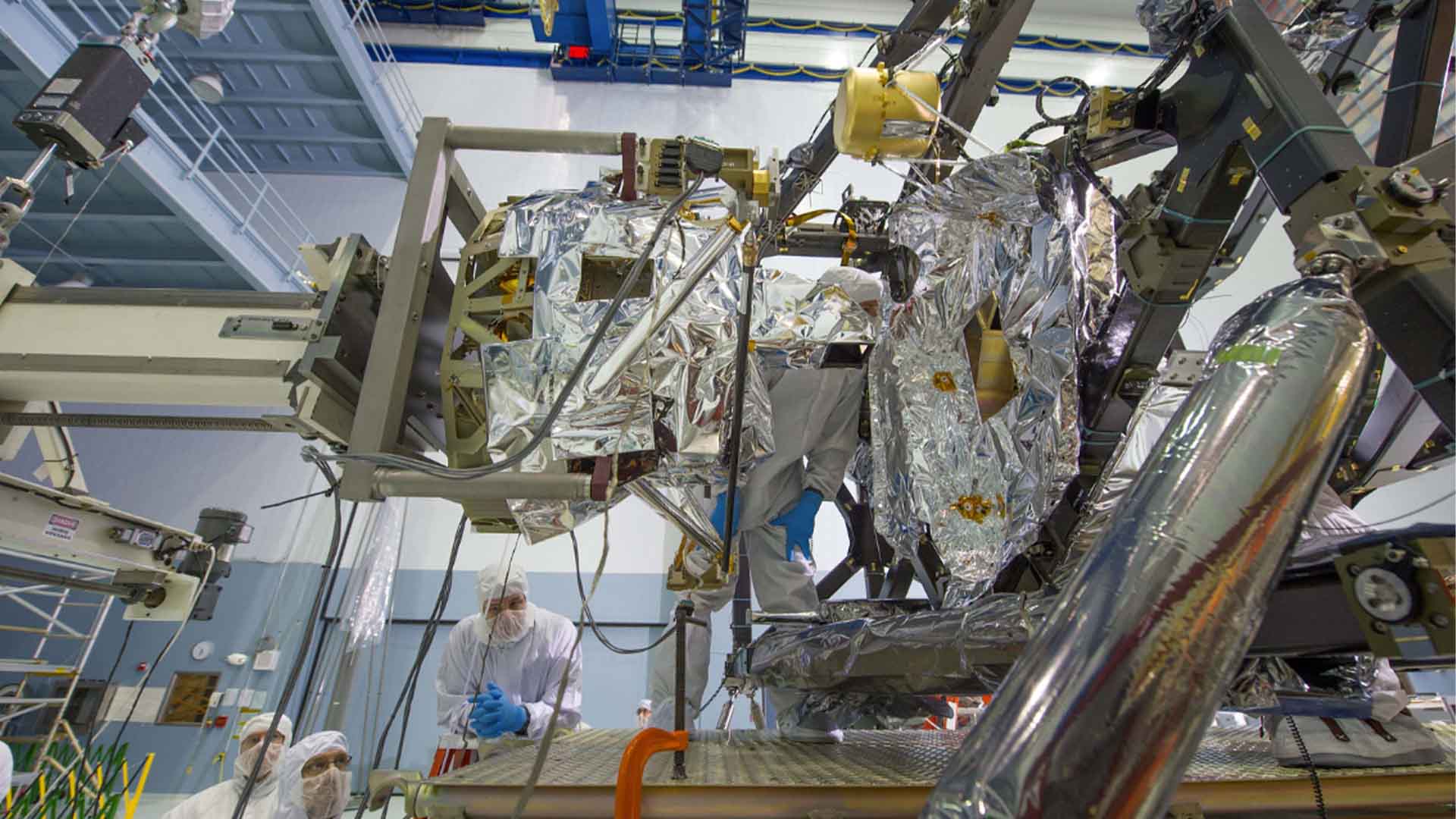
Source: NASA
The star is surrounded by a protoplanetary disk, seen as a dark horizontal line in the image’s center.
Gravitational Energy at Work
L1527 isn’t undergoing typical nuclear fusion like our Sun. Instead, its energy comes from gravitational compression and shockwaves generated by incoming material.
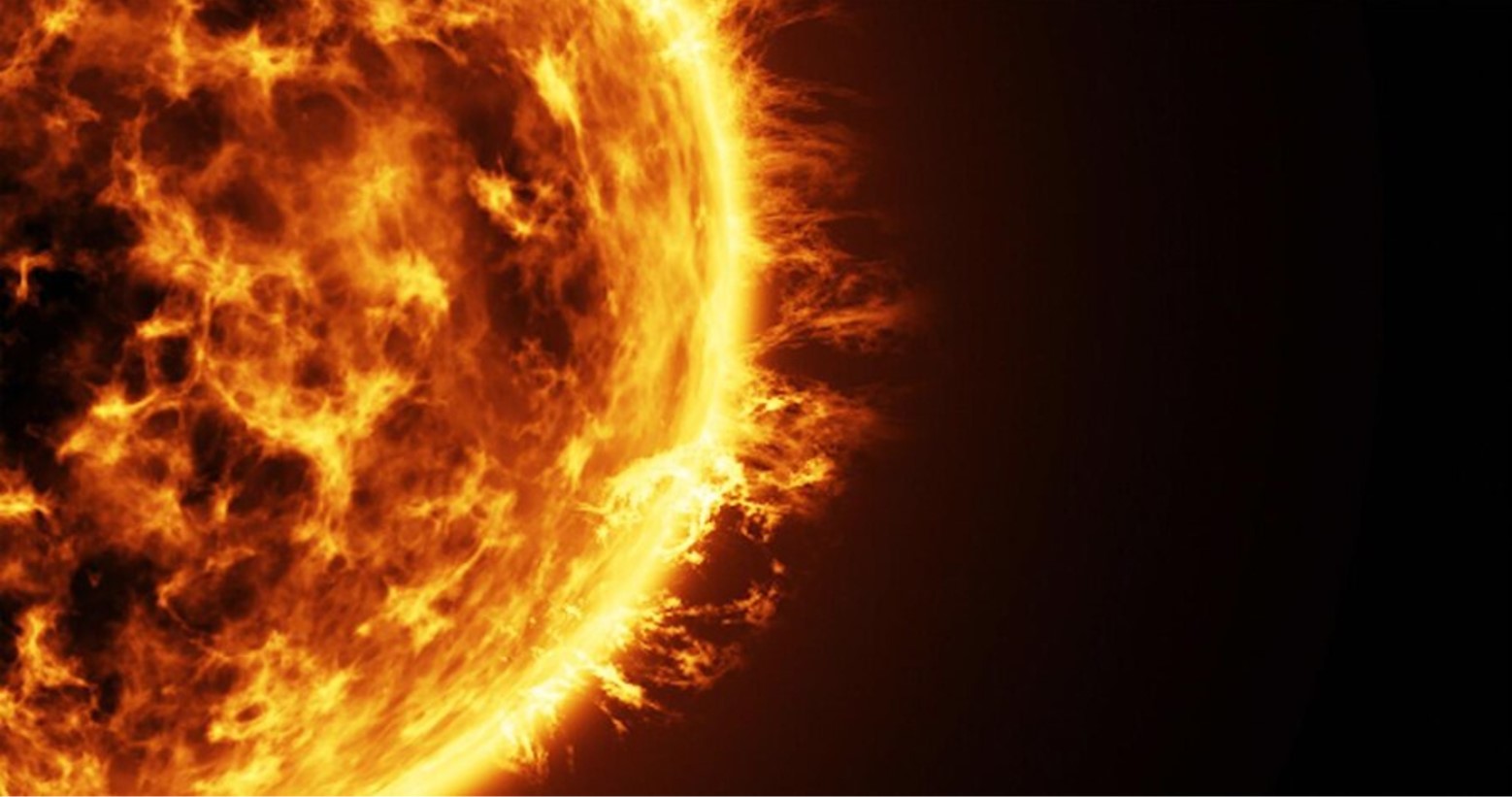
Source: Freepik
These processes light up the red region of gas and dust surrounding the young star, highlighting the dynamic environment of a forming star.
Magnetic Fields and Stellar Jets
As the protostar gathers mass, it sparks powerful magnetic fields. Coupled with the star’s rotation, these fields shoot matter outward, creating stunning hourglass-shaped jets.

Source: Wikimedia
These jets produce visible bow shocks, appearing as intricate, filamentary structures in the surrounding material.
The Role of PAHs
The blue glow in the image comes from polycyclic aromatic hydrocarbons (PAHs), organic compounds abundant throughout the universe.
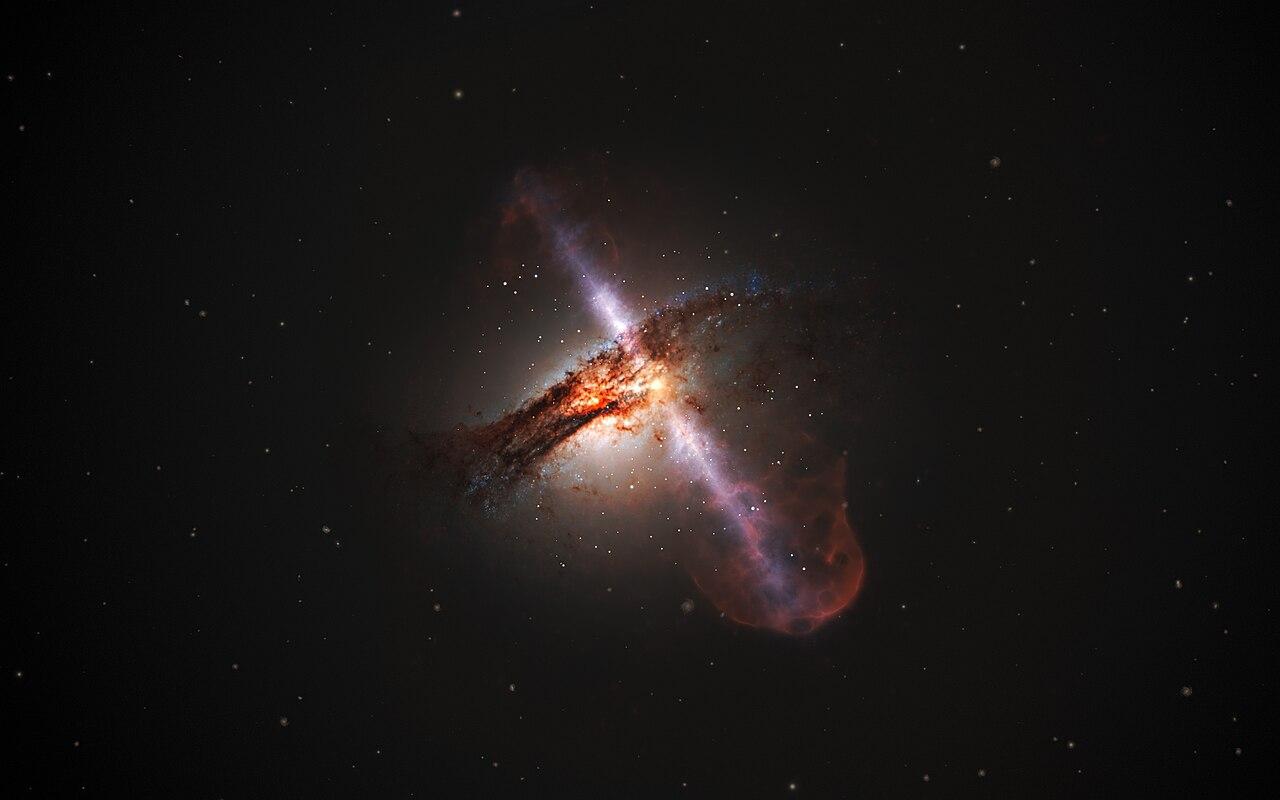
Source: Wikimedia
These compounds are essential to star formation and may have played a role in the development of life. PAHs in the filamentary structures add to the image’s vibrant display.
Past Observations of L1527
This isn’t the first time JWST has observed L1527. In 2022, the telescope used its Near-Infrared Camera (NIRCam) to study the protostar.
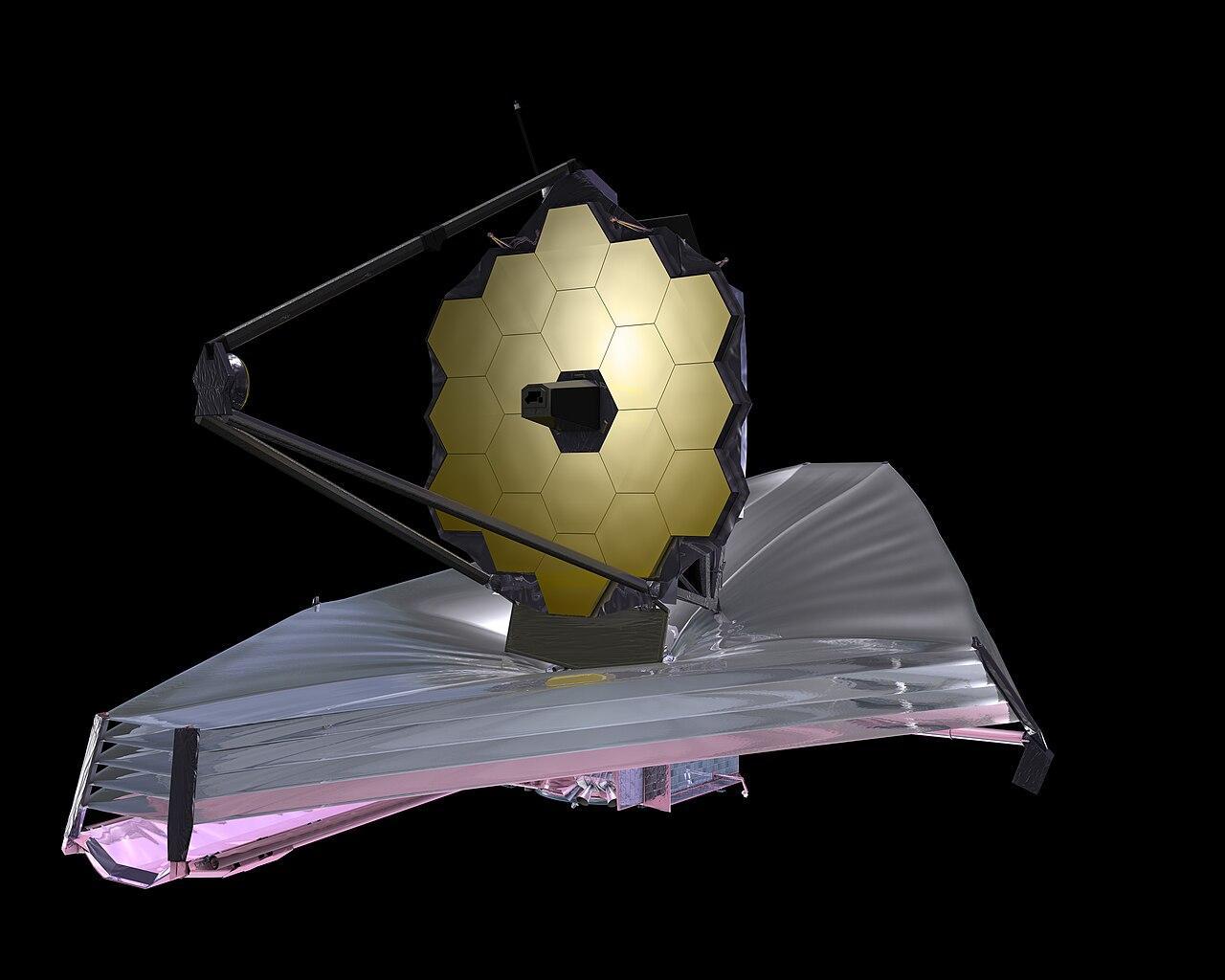
Source: Wikimedia
These observations help scientists understand the transient nature of these early star formation stages, as the protostar’s powerful outflows clear away surrounding gas and dust over time.
Unanswered Questions in Star Formation
Despite these incredible images, many questions remain about star formation. Scientists are still trying to understand how and when fusion is triggered in protostars.

The powerful magnetic fields around these young stars and their role in the star’s collapse and rotation are also areas of active research.
JWST's Contributions to Astronomy
The JWST has confirmed that jets from young stars align with the star’s rotation and magnetic fields, supporting existing theories.
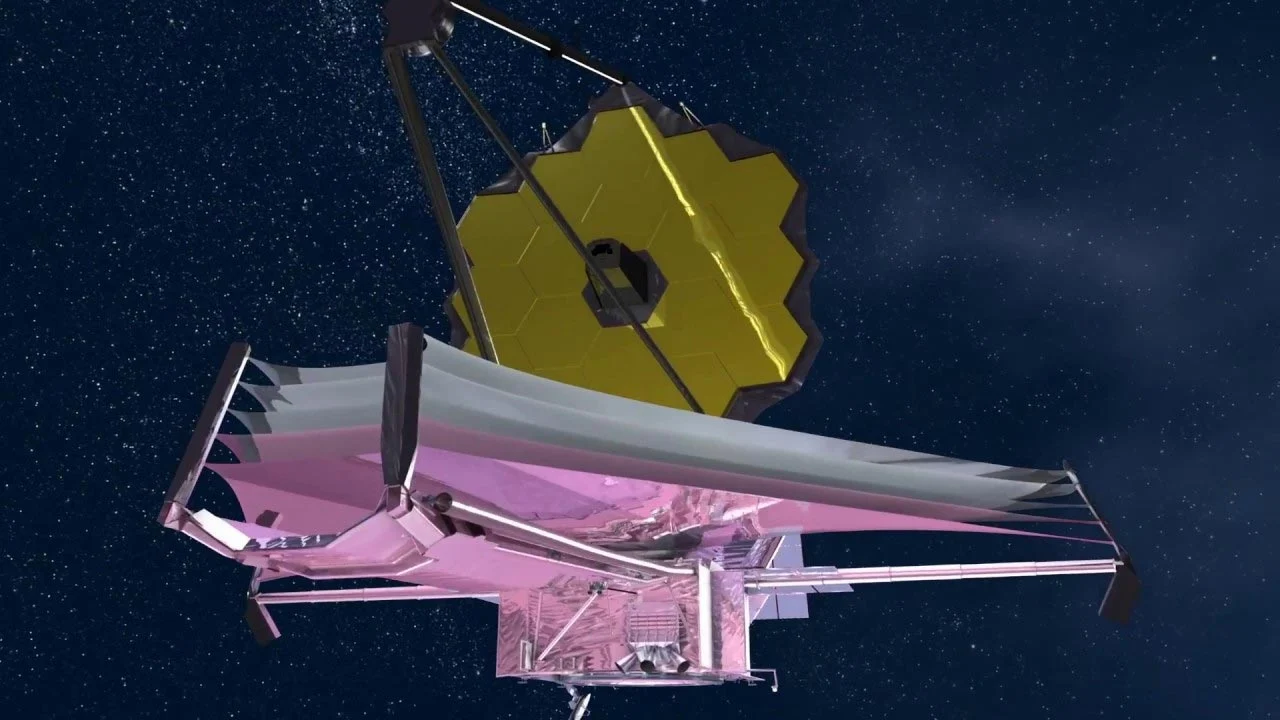
Source: NASA
The telescope’s ability to see more detail in young stars and their environments is crucial for unraveling these mysteries.
The Mystery of Binary Star Formation
The formation of binary stars is one of astronomy’s intriguing puzzles. Do they form like solitary stars, or is there a different process at play? And why are so many stars found in pairs?
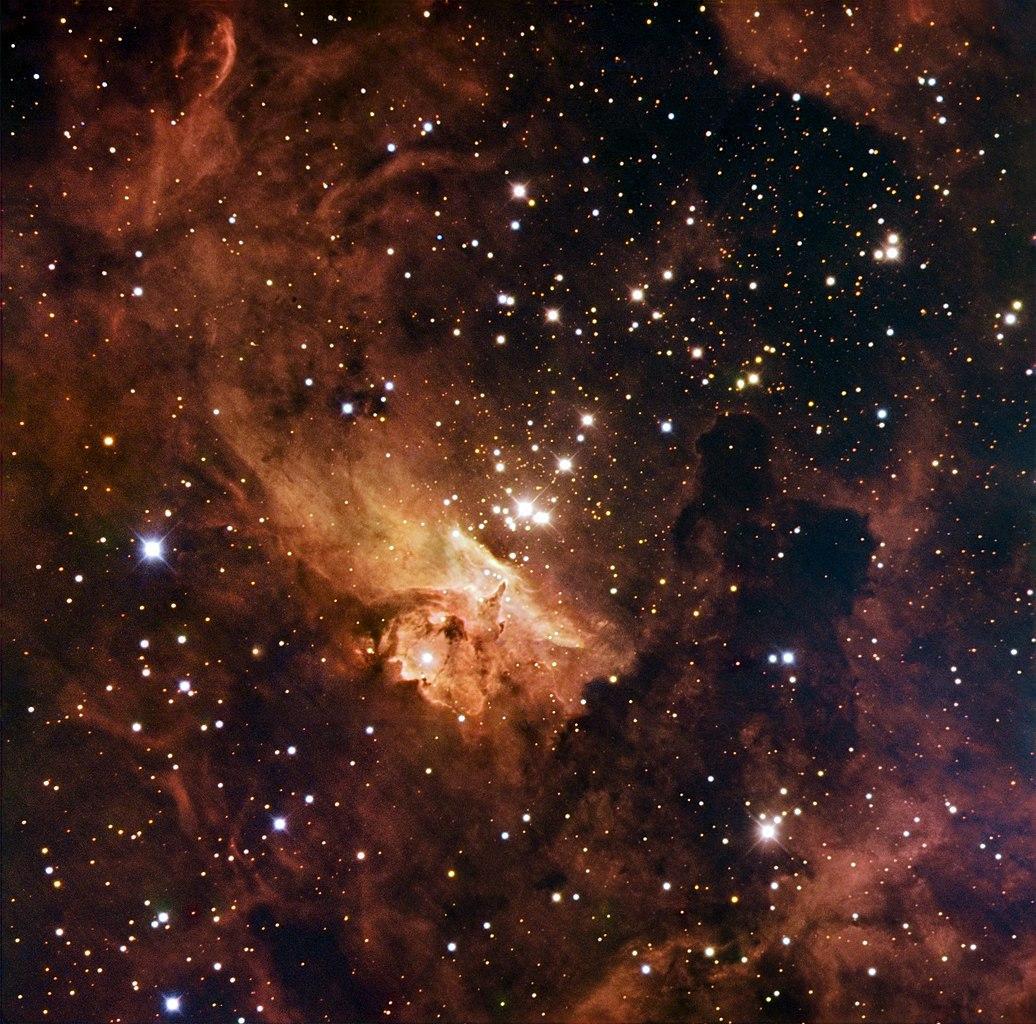
Source: Wikimedia
JWST’s detailed observations of young stars and their environments are helping scientists unravel these mysteries, bringing us closer to answers.
Triggering Star Formation
The exact events that trigger star formation are still unclear. While supernova shockwaves can initiate star birth, other factors like density play a role.
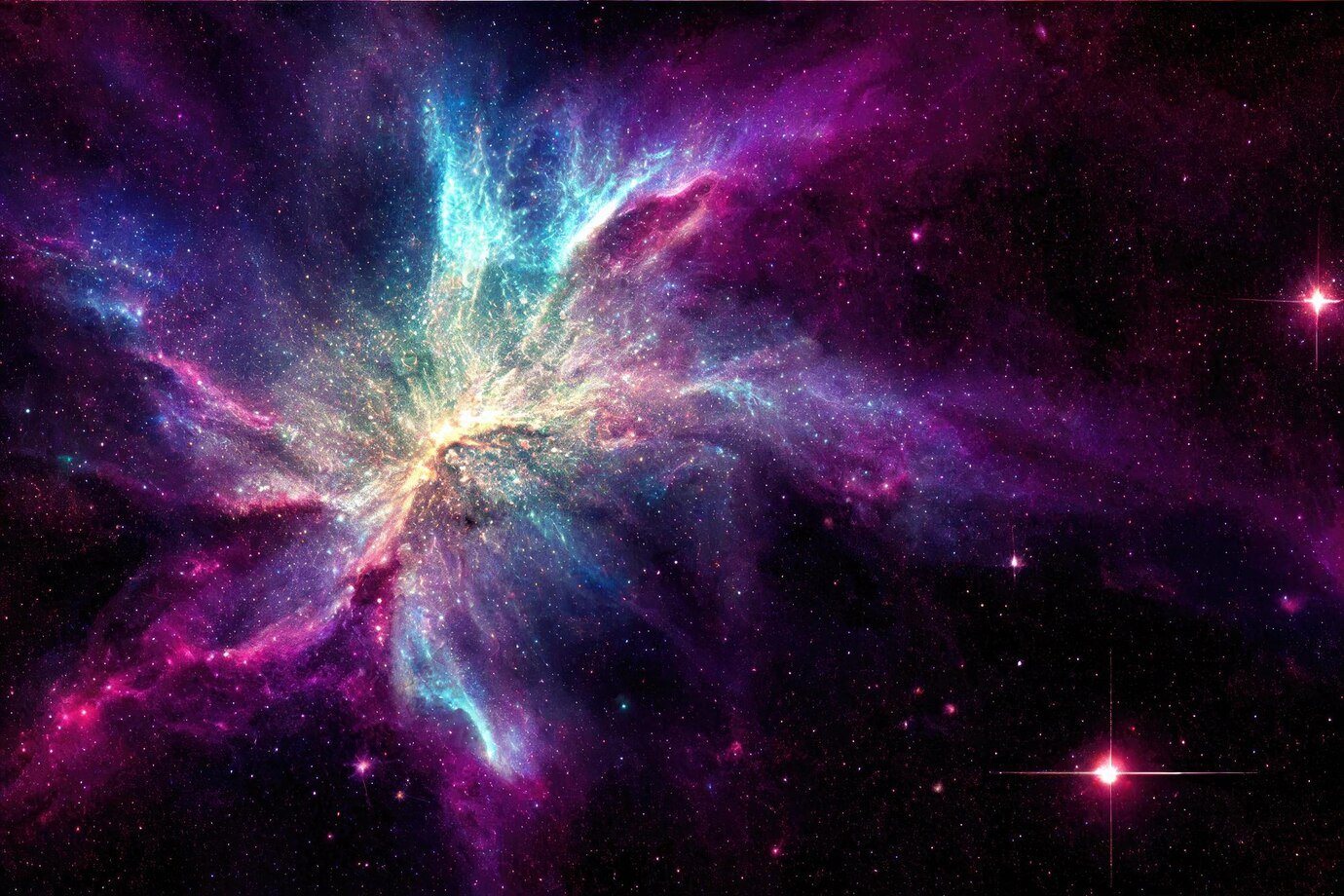
Source: Benzoix, Freepik
The JWST’s ability to observe these processes in detail is essential for understanding how stars are born in different environments.
L1527's Future
As L1527 continues to accumulate mass and clear its surroundings, it will eventually become a main-sequence star. By this time, the star’s planetary system will be taking shape.
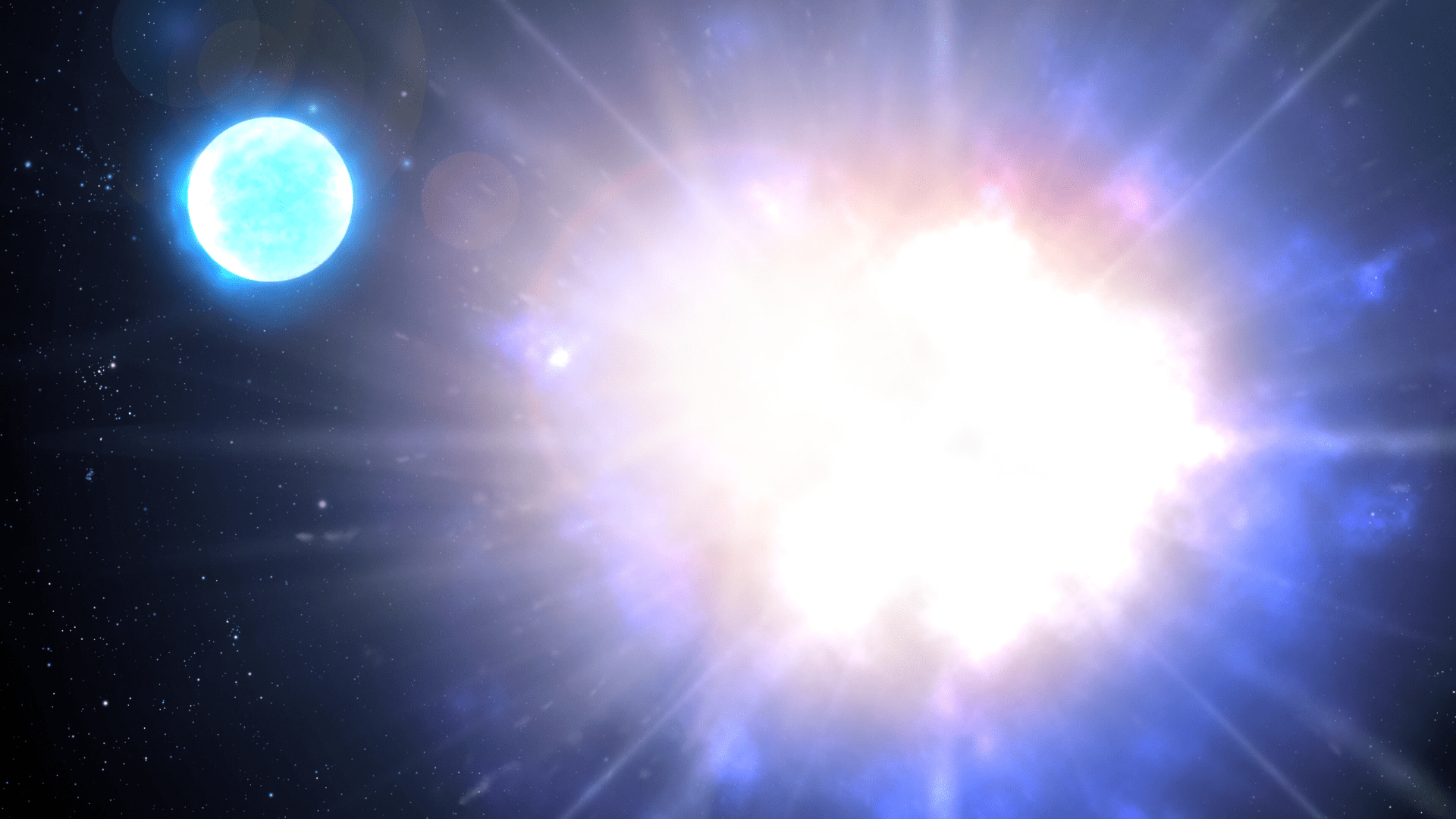
Source: NOIRLab, M. Zamani/Wikimedia Commons
The JWST’s observations provide a glimpse into this process, showing the early stages of a star’s development and the formation of its planets.
The Ever-Evolving Universe
Each new image from the JWST offers a deeper understanding of our universe. The telescope’s ability to see through gas and dust, revealing the earliest stages of star formation, is a significant leap in astronomy.

Source: Joshua Earle/Unsplash
As scientists continue to analyze these stunning images, we can likely expect more exciting discoveries about the universe’s most fundamental processes.
